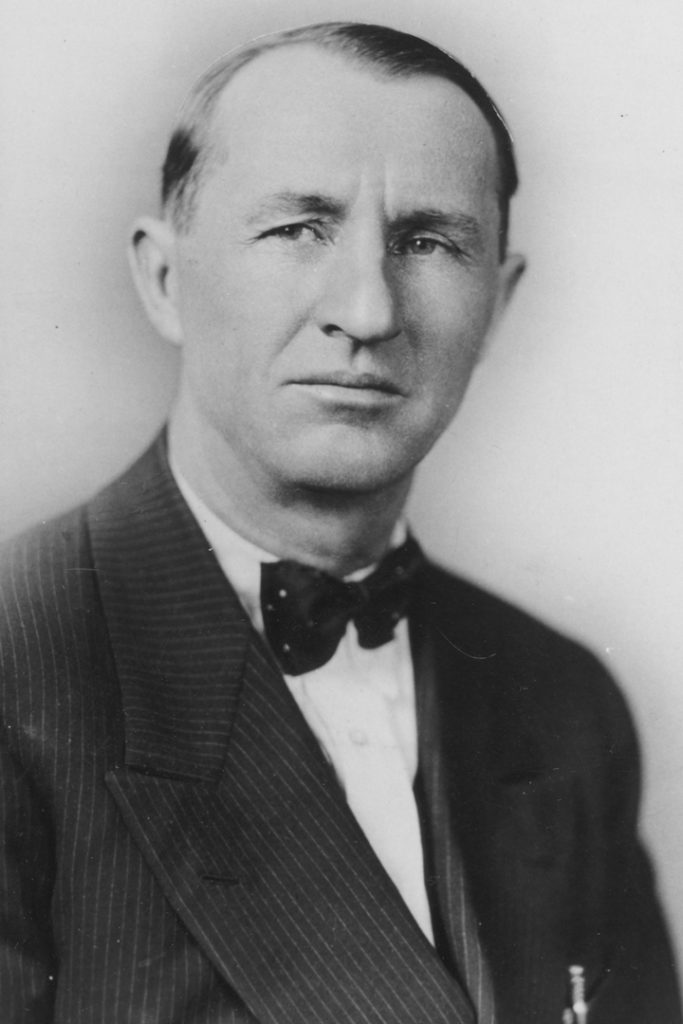
A.C. Townley
A.C. Townley was a gifted rabble rouser, a talented political strategist, and, in the opinion of many, a demagogue. He was also a genius. After plunging into a bonanza flax farm north of Beach, North Dakota, and losing everything, Townley became a field organizer for the small North Dakota Socialist Party.
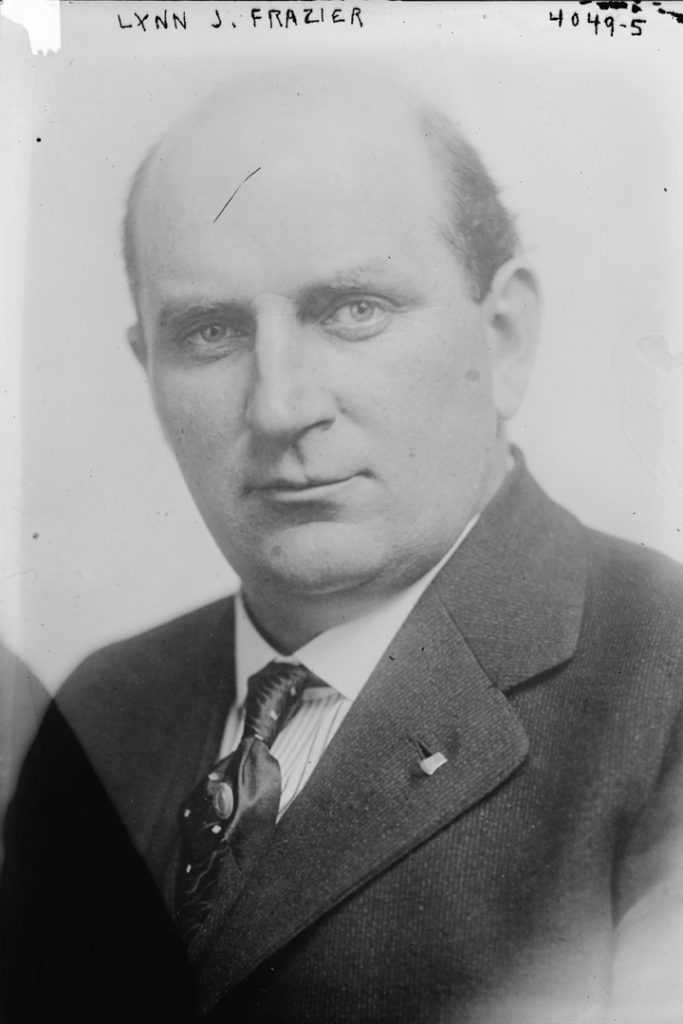
Lynn Frazier
Lynn J. Frazier (1874-1947) was a farmer at Hoople, North Dakota, in Pembina County. Educated at the University of North Dakota, Frazier had never intended to take over the family farm, but the early deaths of his father and brother forced his hand. He had planned to be a doctor. He had taken on a few civic responsibilities in Hoople, including the school board.
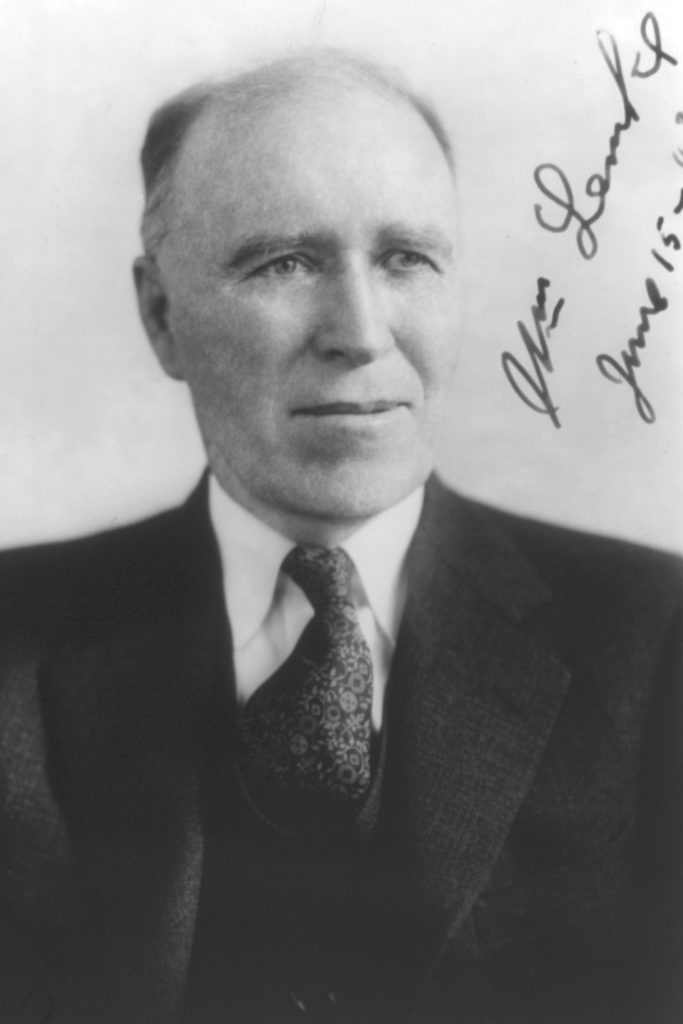
William Lemke
William F. Lemke (1878-1950) was considered by many to be the brains of the Nonpartisan League. He was called “the political bishop” by some. He had known Bill Langer before the League was founded. He was practicing law in Fargo when he was recruited for leadership in the NPL in the summer of 1915.
Ironies
Although the farmers of North Dakota had risen to reclaim their destiny from determined “bosses” who lived in Minneapolis or Chicago, they were soon enough led by two individuals, A.C. Townley and William Lemke, who almost immediately moved their headquarters from Fargo to St. Paul, and spent much of their time dictating policy to Governor Frazier in Bismarck or instructing League legislators about how they should respond to every emerging political development. These leaders disavowed the idea that they were new political czars, that they were dictating strategy to the farmer legislators; they explained that farmers with no previous political experience not only needed but welcomed political advice from more seasoned leaders.
Townley and Lemke were accused of being dictators from the beginning of the Nonpartisan movement. Although the accusations were designed to discredit the League, there was a significant measure of truth in the view that Townley regarded himself as the undisputed director of the League. Lemke was clearly subordinate to Townley, but his own will to power was such that it could be argued, and was, that the people of North Dakota had removed one set of political czars only to replace them with another. The optics of the move of the League headquarters to St. Paul helped critics undermine the NPL’s credibility.
As Blackorby writes, “Although the League had rebelled against the Twin City rule of Alexander McKenzie, League leader Lemke was now doing part of the governing from the Twin Cities.”
Disruptive Technologies
At the time of the Nonpartisan League’s founding, North Dakota had a weak infrastructure. The 620,000 citizens of North Dakota were evenly distributed over a vast, largely undifferentiated prairie landscape. Fargo, the largest city in the state then and now, had a population of about 16,000 in 1917. Townley realized that it would be impossible to take over so vast a countryside without the help of emerging technologies.
At first, he used Model T Fords, including one that he borrowed from League co-founder Fred Wood of Deering. Soon a fleet of Model Ts fanned out across North Dakota, beginning in the west.
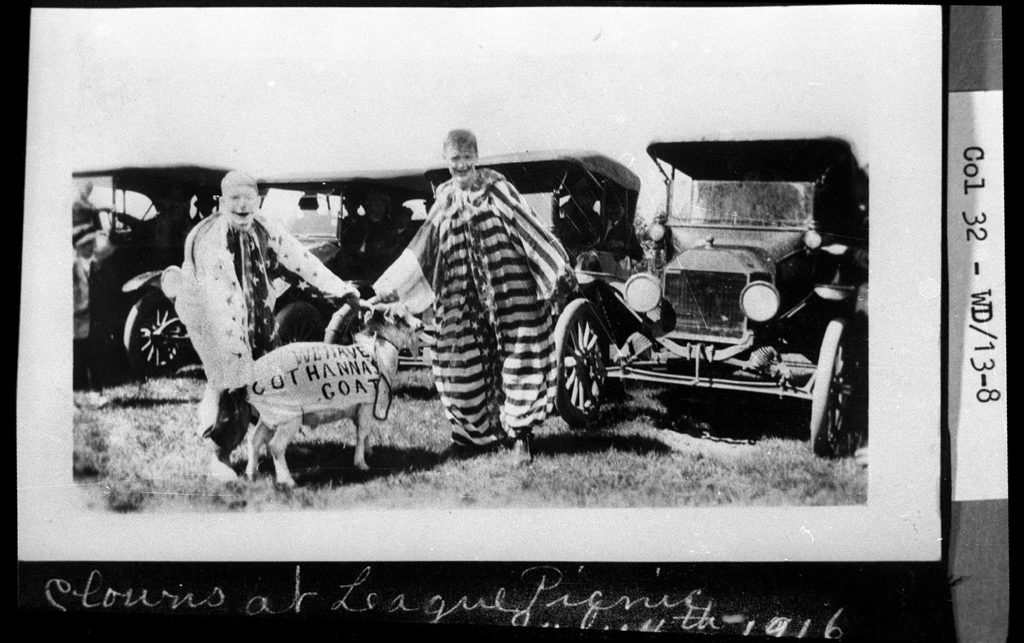
In the pivotal 1916 gubernatorial election, the League’s candidate Lynn J. Frazier toured North Dakota on a Frazier Special train. This enabled him to meet more people and give more speeches than would have been possible in any other way. Ironically, Frazier harnessed the hated Northern Pacific and Great Northern Railroads to decry North Dakota’s colonial status.
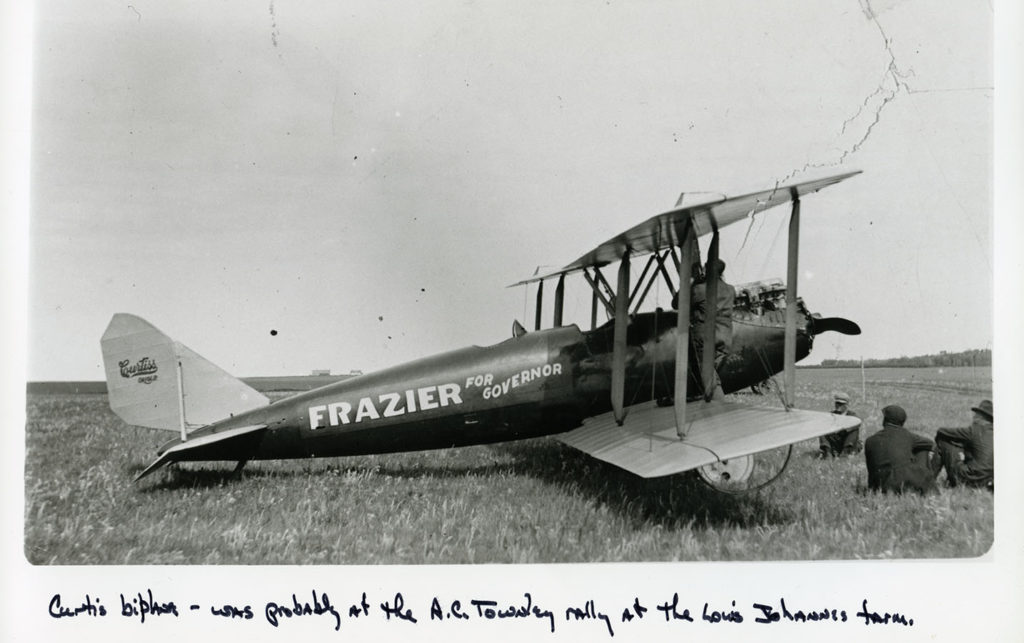
In 1921, barnstorming the state to oppose the recall election and initiated attempts to dismantle the League’s economic program, Townley flew in an airplane. Thus the “agrarian savior” literally descended from the sky to address large audiences all over the state. At the time, most North Dakotans had never witnessed the flight of an airplane. The effect was electrifying.

